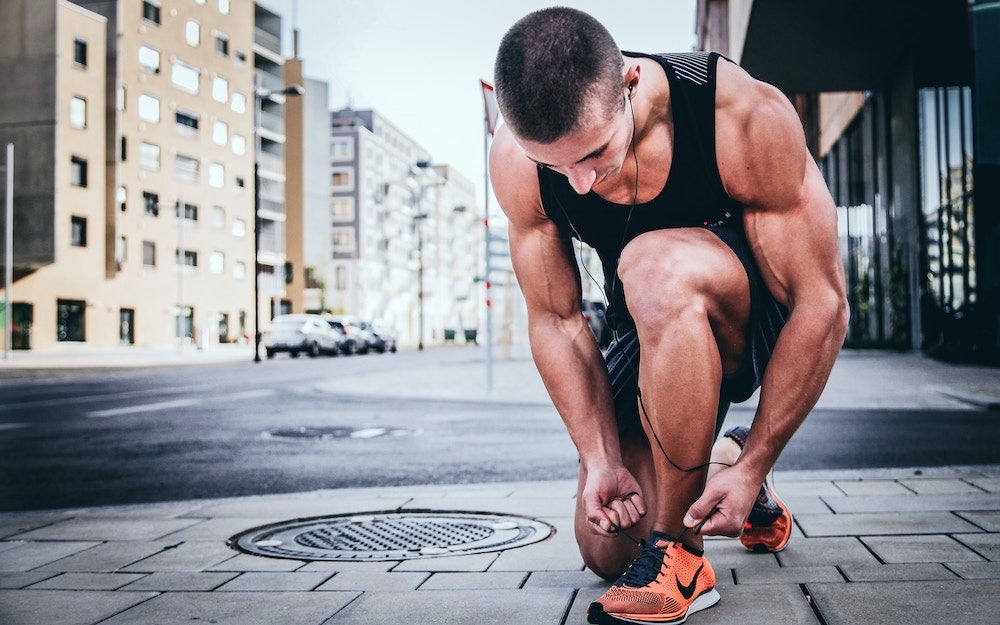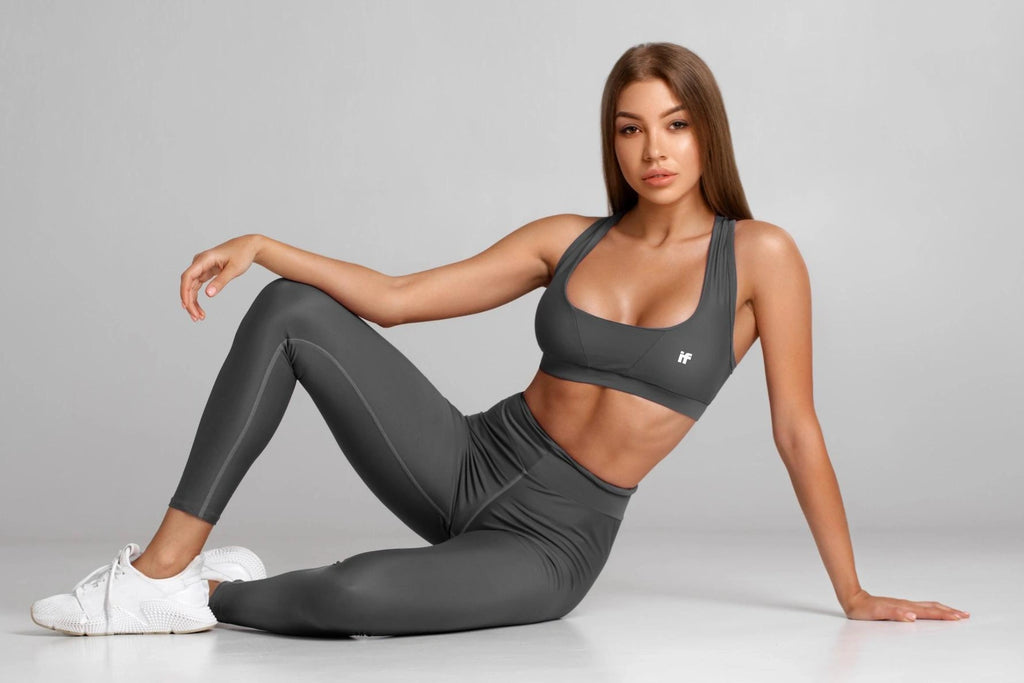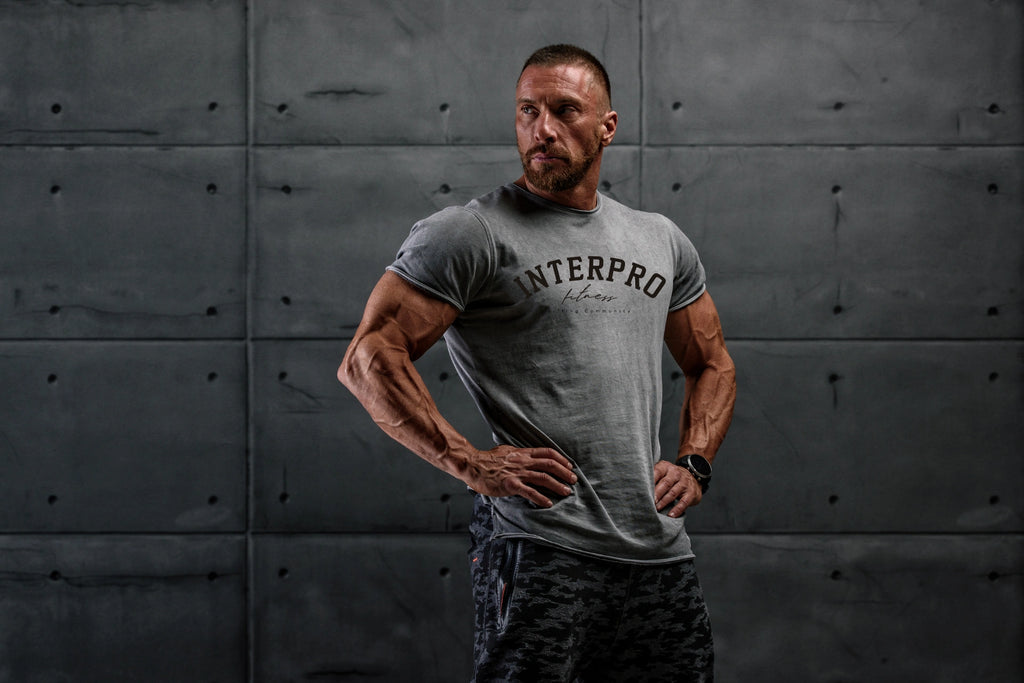Why Are the Right Gym Clothes Important for an Effective Workout?

The right gym clothes are essential. Historically, humans have different dresses for the occasion because dressing up serves a purpose. For formal events, people wear suits and dresses; for casual parties, people wear jeans, T-shirts, jackets, etc. And similarly, for athletic purposes, people wear specific clothing.
Dressing up for the gym should be taken as seriously as an interview. Many things go towards an effective workout; uninterrupted exercise, body temperature, distractions, breathing, and freedom of movement contribute the most. The following are the factors that should form the proper criteria for choosing gym clothes:
The right gym clothes and their breathability.
Breathability refers to how easy it is to breathe in clothes and whether air can pass through your clothes and evaporate your sweat. Generally, the less breathable clothes create suffocation which is distasteful for working out since a person’s already out of breath and sweaty; this means that air will not flow through the fabric, the sweat will not evaporate, and the athlete will feel a high temperature and a feeling of suffocation.
The right gym clothes are made of the most breathable fabric, which is cotton, and then comes polyester, nylon, linen, rayon, silk, and wool. It is encouraged to wear cotton mostly in the Summers since the body begins sweating quite early in the workout in combination with the high temperatures; however, in Winter, an athlete can switch to other materials since there is a low temperature and it is preferred to retain heat for more sweat.
The right gym clothes and their absorption versus sweat-wicking ability.
Sweat absorption relates to the fabric absorbing the sweat from the body and holding it. In contrast, sweat-wicking refers to the ability of the material to push the sweat particles toward the surface so that they can evaporate quickly. Cotton is based on sweat absorption, whereas hi-tech polyester is based on sweat-wicking; the problem with some sweat-wicking fabrics is that they sometimes leave a burning sensation on the athlete’s body due to friction burns since they are not as soft and comfortable as cotton. In contrast, the problem with sweat absorption is that the cloth tends to get heavier as it absorbs water.
Cotton absorbs 7% of its weight, whereas polyester only absorbs 0.4%. Another problem with most sweat-wicking fabrics is their potential to become smelly very quickly; cotton tends to smell much later after sweating compared to polyester or nylon, which smells almost instantly after sweating. If you have the ick for being smelly, then perhaps sweat-wicking fabrics may not be optimal for you. However, it comes down to your preferences for the right gym clothes.
The right gym clothes in different climates.
Naturally, in summer, there is greater humidity and higher temperatures in comparison to winter which are comparatively arider and have lower temperatures. Therefore, the focus of the right gym clothes in summer should be to repel heat and reduce sweat, whereas, in winter, the direction of the right gym clothes should be to retain some heat while letting out work.
People often wear full-sleeved hoodies and pants for workouts during the winter and tank tops or half-sleeved shirts during the Summer, which serve the primary essential purposes. Still, they forget about the quality of the fabric during the process, which sometimes results in unpleasant situations such as suffocation, burning sensations or feeling cold.
Polyester during the winter can become quite hard since the sweat evaporates quickly, whereas Cotton absorbs too much water, so the shirt will stay wet and heavy throughout the workout.
Cotton hoodies would be more beneficial for some than polyester hoodies during the Winter since Polyester is colder. It all comes down to the basics of fabric quality and ability.
The right gym clothes: tight vs. loose clothes.
Different sports require different clothing; Karate and other combat sports require loose clothing since they involve gripping and dragging, whereas speed sports such as cycling or running require slightly tighter clothes to not disturb the movement with the clothes coming in the way.
Similarly, gym clothes differ in what the athlete is training for; powerlifting and strongman lifts require different clothes, whereas bodybuilding and cross-fit athletes require other attire. Powerlifters and strongman lifters need tight garments that keep their body upright and free from any resistance. Hence, lifters wear tight endurance tank top dresses that run from their shoulders down to the center of their thighs, gripping their body and keeping it straight.
The right gym clothes, for bodybuilders, on the other hand, are tank tops and loose shorts since their movement consists of isolating muscles and involves cardio; they also require airy clothing to feel fresh throughout the session.
Suggestions for the right gym clothes:
Clothing boils down to personal preferences at the end of the day. Since there are pros and cons for each type of clothing, it is best to weigh them out for your gym sessions but also consider your comfort when undergoing gym exercises since comfort is critical for an uninterrupted, seamless workout. The more focused a person is on their workout, the better mind-muscle connection they will achieve, and the better that connection gets, the greater the workout.
However, according to the abovementioned considerations, we can only suggest the best fabric material and clothing type for the exercise structure. It would be best to wear tight polyester body suits that run from the shoulders to the thighs for powerlifters and Olympic lifters. Still, if that gets too warm for the summer, a polyester or cotton t-shirt with polyester shorts would work best.
For bodybuilders, for summer workouts, we would suggest cotton or polyester tank tops or half-sleeved t-shirts with short polyester or cotton shorts; for winter workouts, the right gym clothes choice would be wearing thick cotton hoodies and cotton shorts since they keep the body warmer in comparison to polyester in Winters.
For people with polyester, wool, or nylon allergies, cotton is the most common alternative and the best choice for workouts. Overall, polyester and cotton work best and are most suitable for athletic wear; they are also cheaper and easier to find. Plastic and rubber-based fabric materials that do not let air pass through should be avoided at all costs.


